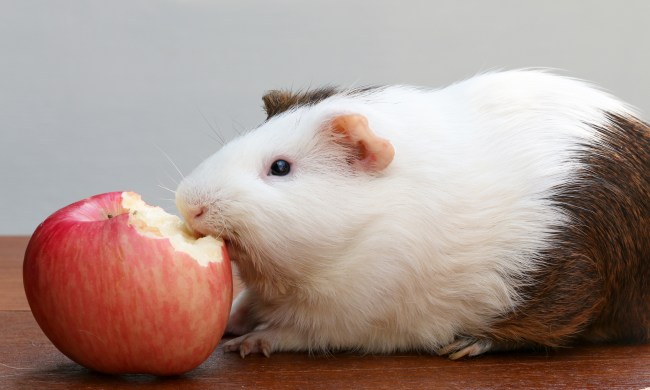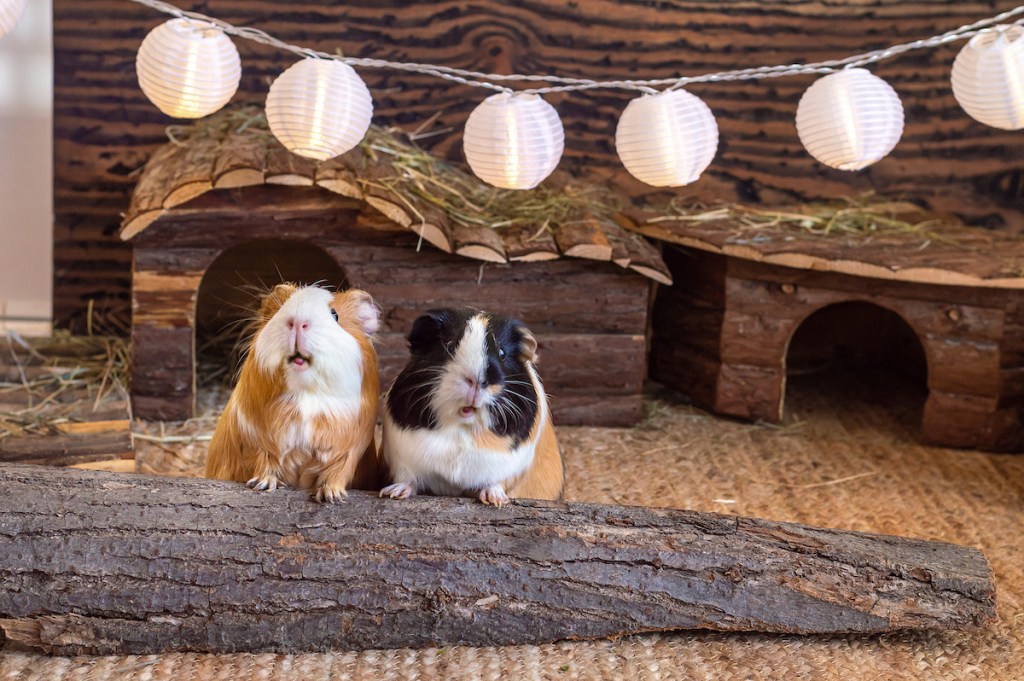
We don't believe in starter pets, but some families (and individuals) will do well to focus on small pets, rather than keeping dogs or cats, at some point in their lives at least. It might be because your apartment is too small or you're traveling too much or you don't want to commit to 120 minutes of exercise per day (we feel you).
Guinea pigs make a solid and popular option because they're funny, cute, and generally live a lot longer than hamsters or fish — up to eight years. But that's only if you take good care of them and it starts with the cage.

How much space does a guinea pig need?
First, we want to mention that you can't keep a solitary piggy. They need to stick together for companionship and stimulation (note this is the opposite of many hamsters who love their alone time). To be honest, the bigger the better for their cage (but we realize that isn't really helpful). The minimum, according to The Humane Society, is 10.5 square feet for a pair of pigs.
However, you will need to increase that substantially if you add another little guy to the mix and you do want to have a backup plan in case your pets don't get along. Some owners opt for a couple of midsize (10-12 square feet) cages, each of which houses a pair of besties.
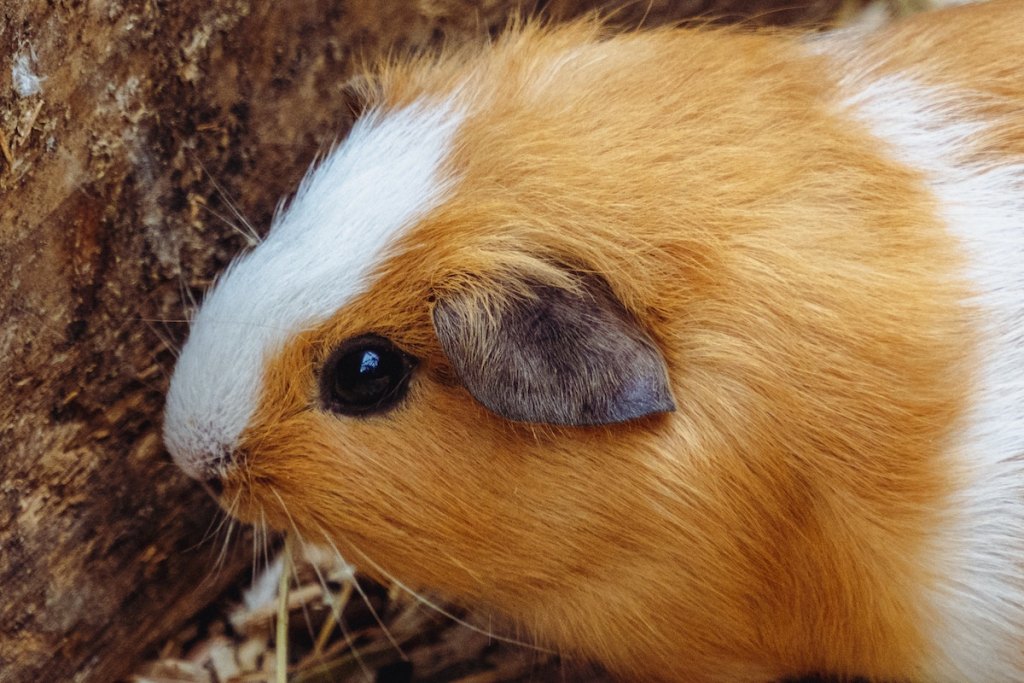
What type of cage should you get?
Don't just reuse an old aquarium — that won't give your new animal enough air and can lead to respiratory problems. While wire guinea pig cages certainly work, you can't have those bars on the floor because it will hurt their little paws. Some experts like C&C housings, which are made of a special plastic. Research different models in your price range at the right size and pick the one that's best for your space (and budget).
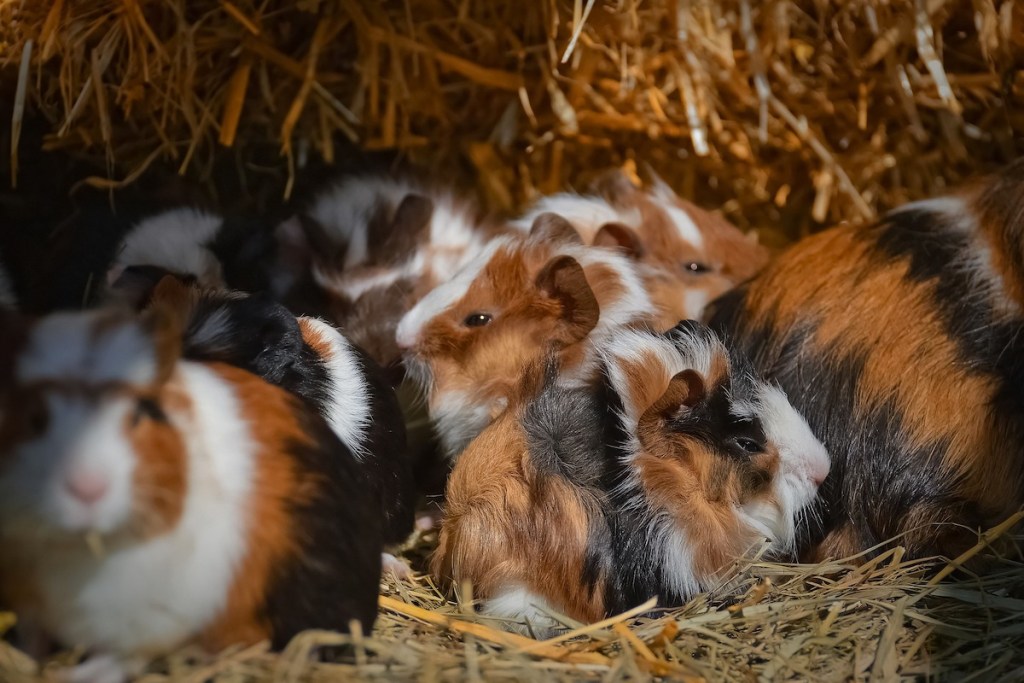
Where should you keep your guinea pig?
The number one rule: Beware of drafts. Of course, you also don't want them to be directly in the sun all day or next to a particularly loud TV. However, it's great to have them in the thick of things so they get stimulation from you. Most people elect the family room as the cavy home, perhaps tucked in a corner where they can ignore you, if they please, but also get enough human attention.
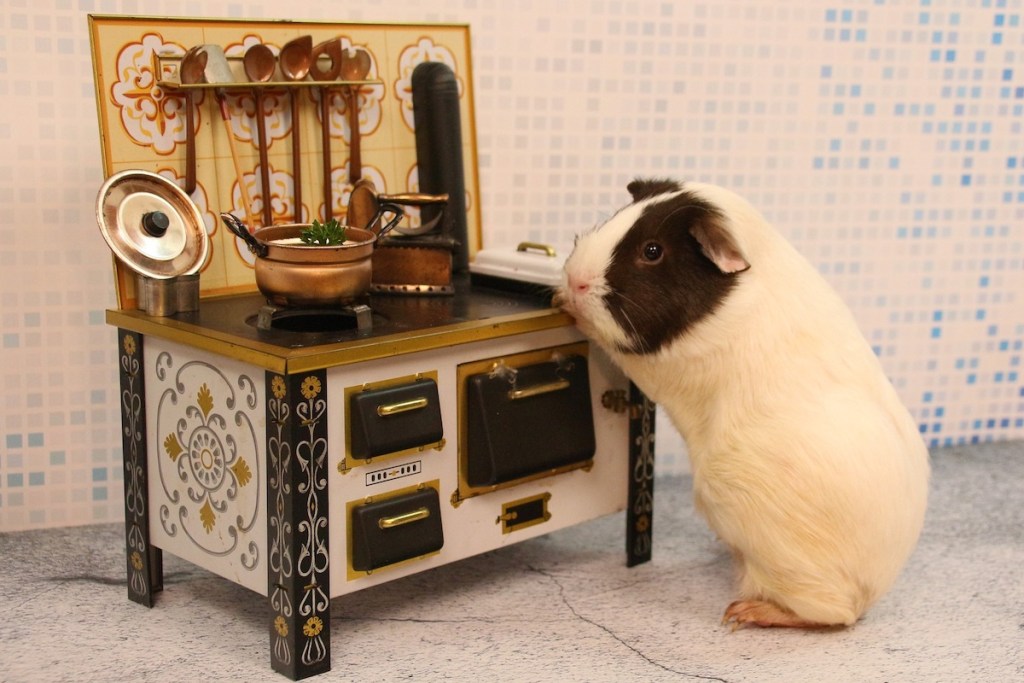
How should you set up the cage?
Just like you, they need a bathroom, a kitchen, a play area, and a good spot to sleep. Follow these steps to get all those things in so your guinea pig cage is functional and fashionable.
Step 1: Find and measure the space.
Once you've selected the portion of your house that you will cede to the rodents, you need to measure it and plan out the arrangement. This will help you determine your cage configuration and let you know if there's a limit on the number of pets you can keep.
Step 2: Shop for your pets.
OK, this is the best part. The cage takes a bit of research and you need to get all the necessary items for moving into a new house, just as you would do for yourself, but you also get to buy funny piggy toys, such as tunnels, chews, games, and hammocks!
Step 3: Add substrate and feeding bowls.
It's simple, you need something on the floor to catch their mess and even give them a soft place to lie down or something to chew on. You can buy specialty liners or just use paper (no ink though). They also need food and water in an accessible location.
Step 4: Set up the litter.
We absolutely recommend a litter for guinea pigs if they take to it. That will improve both your life and theirs because all the potty stuff happens in one location. Keep in mind, some animals just never figure it out and you'll likely find "accidents" from time to time outside their "bathroom."
Step 5: Arrange their toys.
We talked about all the fun toys you can buy above. You should try out a few to start and see what your little pack enjoys most. In general, opt for a bed of some kind, a chew, and a place to explore. Then let your piggies decide.
Step 6: Introduce your piggies to their new home.
Honestly, you'll be a lot less stressed if you set all this up before even bringing them home. As soon as you put the final touches on your masterpiece mansion, you'll want to add the most important part: your guineas. Let them explore the whole area and watch them carefully to see which things they love and which might need redecorating.
One other thing we want to mention — while these guys will live most of their lives in their cages (similar to living in a burrow in the wild) they do need exercise. Make sure you have a plan for bringing them out to play safely. Try guinea-proofing a specific room and setting up a pen for them to run around, with human supervision of course. In time, they'll grow used to the family and will become more excited to explore and interact with the world around them.

